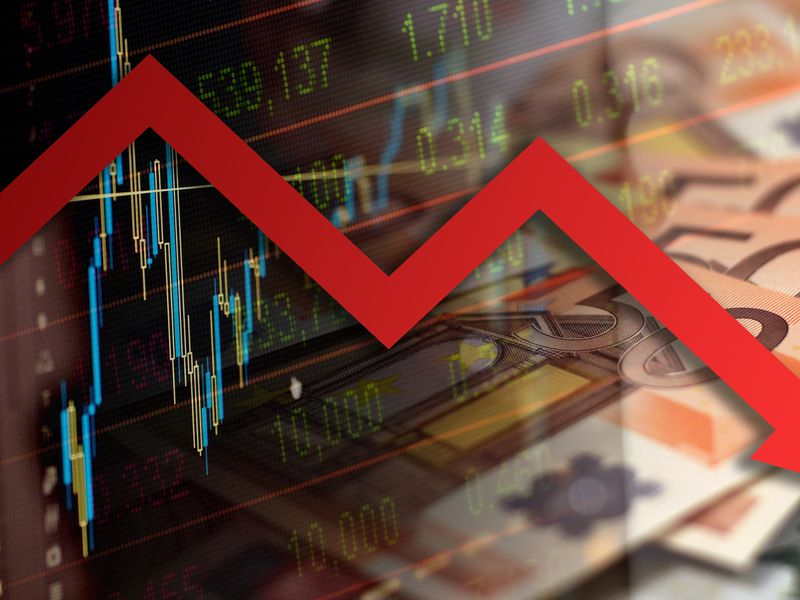Chainalysis VP Caroline Malcolm: U.S. Crypto Policy Needs to Accomplish These 3 Things
In the U.S., the claim that crypto faces “regulation by enforcement” is giving way to a growing and real threat of a “ban by enforcement,” all at the cost of protecting American consumers and markets.
The overwhelming majority of digital asset players want to be compliant and safe for consumers. However, to do just that, they need clear regulatory guidelines that take into account the specifics of the underlying technology, and offer the certainty needed for further investment.
Caroline Malcolm is the vice president of global public policy at Chainalysis.
Enforcement actions, in the absence of a comprehensive regulatory framework and adequate guidance, do not accomplish this. Nor do they protect consumers. The goalposts move with each enforcement action, and oftentimes remain relatively unclear due to settlements with outcomes that never see the light of day.
Meanwhile, our data at Chainalysis shows consumers continue to enter the market, and thus the importance of making progress on true regulatory and legislative reform.
U.S.-based firms are increasingly debating whether they should relocate to other jurisdictions where clear regulatory guidance exists. This harms U.S. consumers by limiting the market options available to them, and also by potentially pushing a revolutionary technology outside the bounds of U.S. law. Therefore, a comprehensive regulatory framework is the only sustainable path forward – even if the only goal is consumer protection.
Drawing on our experience working with governments and industry players across the globe, we believe a holistic regulatory framework in the U.S. is paramount to prepare the country for the future of digital finance and protect consumers from harm.
We believe such a framework rests on three pillars, and it’s through these three pillars that we’ll evaluate and advocate for any legislative proposal.
The digital asset sector can be volatile, and the safety and soundness of digital asset players rests on their ability to manage a range of risks. Some of these risks are common across businesses, such as the exposure to asset price shocks, redemption surges and counter-party failure. Others are unique to the digital asset space, such as operational and technological risk relating to the operation of the underlying blockchain and smart contracts.
Prudential regulatory requirements can help ensure that digital asset players are resilient to shocks, and can continue to meet their obligations to customers under stress. The appropriate prudential measures will depend on each business’ risk profile, and can include capital and liquidity buffers as well as business continuity and resolution planning to facilitate an orderly wind-down in the event of failure.
For instance, sound regulation for stablecoin issuers could consider their unique token stabilization mechanism while digital asset custodians may be required to pay attention to technological and operational safeguards for the management of private keys. What is vital is to work with digital asset players to ensure that prudential requirements are well-tailored to the magnitude, locus and nature of their risk.
2. Market conduct regulation
Market conduct regulation establishes standards around the behavior of market intermediaries and participants, in order to secure confidence and integrity in markets. The events of 2022 have shown that this is as central to digital asset markets, as in any other financial or physical asset market.
Market conduct is an expansive concept. One important facet in the digital asset space is the establishment of internal controls to manage conflicts of interest. This can include the clear segregation of customer assets from corporate assets, as well as the separation of reporting lines and information flow where a digital asset player takes on multiple functions.
Another important element is the detection and prevention of market abuse, such as market manipulation, wash trading and pump-and-dump activity, all of which have been observed in the digital asset ecosystem. A variety of tools exist today for digital asset players to monitor unusual trade and price activity within and across trading platforms, and even to scrape social media platforms to detect planned collusive action.
Regulators, too, have a role to play in ensuring that industry participants have the policies, processes and resources to promote fair and efficient markets, as well as the tools themselves to detect and investigate abuse.
Finally, there are concerns about financial integrity. Like fiat markets, digital asset markets can be abused for illicit purposes such as money laundering, terrorism financing and sanctions evasion. Although data shows that the proportion of illicit flows on chain is very low – less than 1% of total on-chain transactions – such activity can nonetheless have an impact on economic and security outcomes.
The benefit of blockchain-based assets stems from the transparency of the underlying blockchain infrastructure, which can make it easier to detect and disrupt illicit activity. The tools are available for each digital asset player to monitor their illicit exposure and take mitigating measures.
3. Consumer protection safeguards
Consumer protection safeguards are about ensuring that crypto users are treated fairly and that they understand the nature and risks of the activity in which they are engaging. As digital assets go evermore mainstream among the wider public, policymakers have highlighted concerns about speculative trading and scams.
The financial sector in particular includes comprehensive risk disclosures meant to protect consumers. Further, financial education, knowledge assessments and due diligence procedures all have a role to play outside the digital asset space and could be useful in the digital asset space as well.
The longer the U.S. waits to do this work, the more progress other countries around the world will make, putting the country at a competitive disadvantage and putting consumer safety at risk in the long-term.









